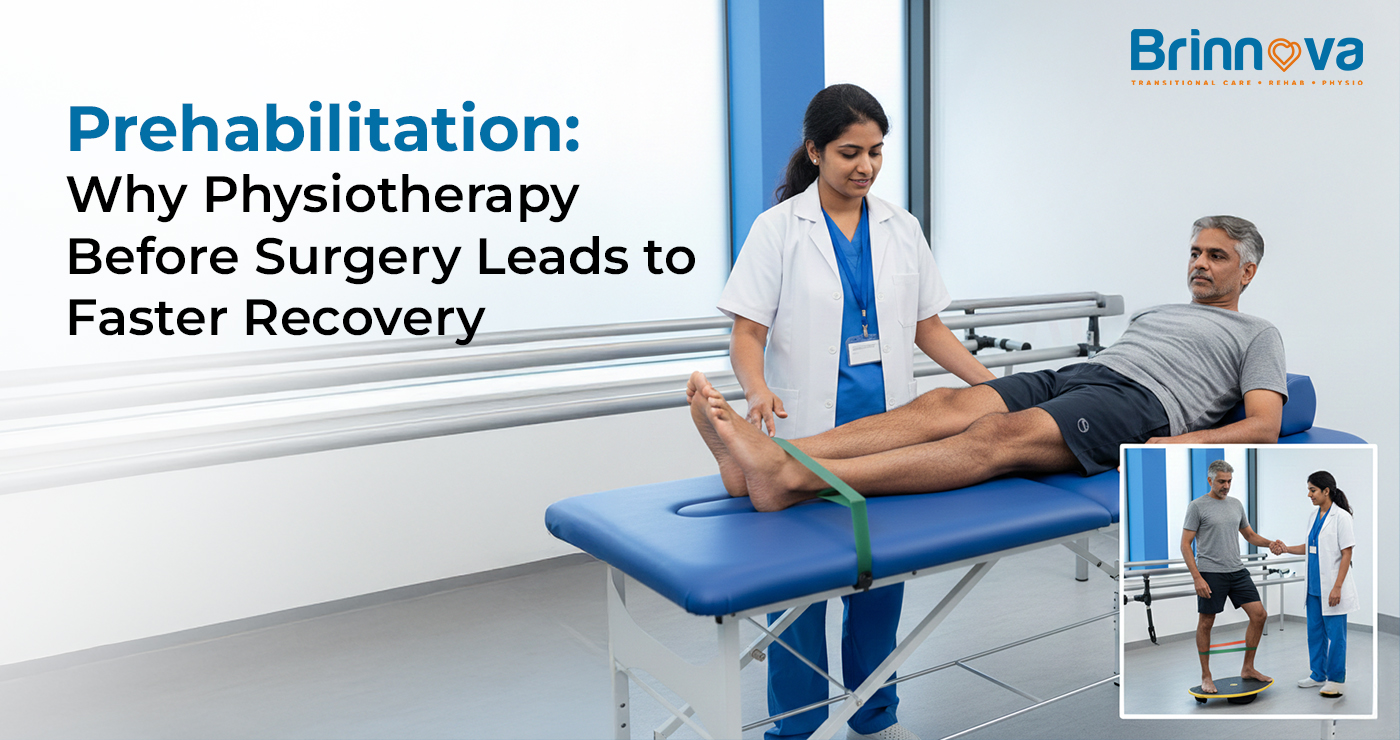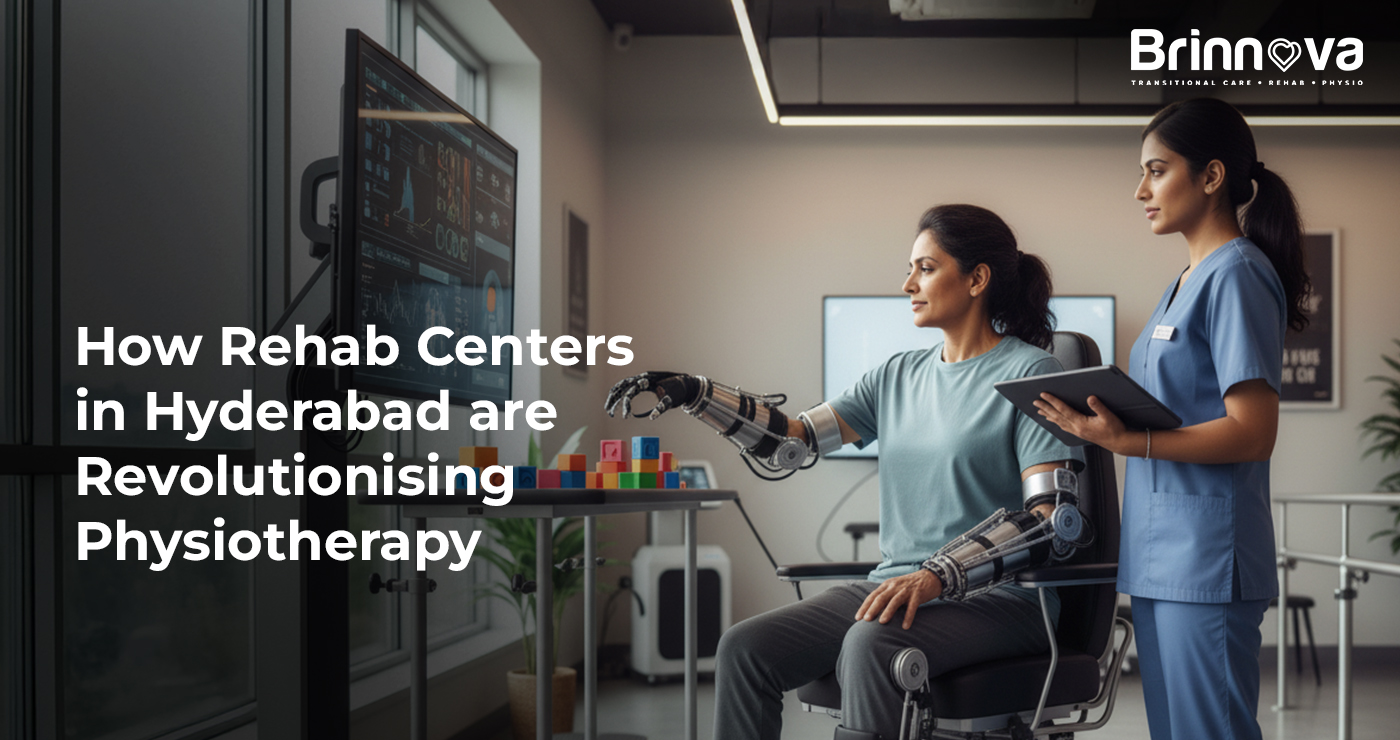Understanding Virtual Rehabilitation Therapy: Benefits, Types of Complications, and Future Outlook
The particular choice of virtual rehabilitation therapy can be labelled an innovative and progressive scope of work among all medical breakthroughs. This novel concept utilises virtual reality as a tool in the patient’s recovery for individuals with bodily, mental, and emotional injuries. The idea of including virtual reality within the rehabilitation process is gradually gaining recognition for the ability to upgrade conventional therapeutic strategies. Here we will look into what virtual rehabilitation therapy involves, its pros and cons, and what might be expected from the development of this significantly inspiring sphere.
What is the Concept of Virtual Rehabilitation Therapy?
Virtual exercise therapy uses settings and simulations on computers that are used in rehabilitation exercises and is also known as VR. It is aimed at involving the patient in individually tailored activities that augment the patient’s rehabilitation. The activities can correspond to actual-life conditions or they can produce artificial situations for patients to work through to regain function and movement. This approach is not only confined to physical therapy but also covers pathophysiological and psychological therapy which makes it a complete rehab platform.
The versatility of virtual exercise therapy extends beyond its diverse applications across different types of rehabilitation. By incorporating customisable scenarios that mimic real-life challenges or abstract therapeutic tasks, VR allows patients to practice and enhance their motor skills, cognitive functions, and emotional resilience in a controlled environment. This method is particularly beneficial because it adapts to the individual's specific rehabilitation needs and progresses at their pace, gradually increasing in complexity as recovery advances.
Benefits of Virtual Rehabilitation Therapy
1. Enhanced Motivation and Engagement:
To elaborate, interacting and training through VR has been proven to boost the patient’s willingness compared to typical therapy. The features that make the therapy more like a game and the very necessity to walk or swim in VR make the exercises more appealing and less repetitive, hence patients attend the sessions more often.
2. Safe and Controlled Environment:
The inability to move parts of the body could also limit a patient’s interaction with his environment; virtual rehabilitation allows the patient to rehearse movements needed in day-to-day life without endangering himself. This aspect is necessary for persons who may be in the process of rejoicing from severe injuries or operations.
3. Immediate Feedback:
With the help of movement sensors and software, a virtual rehabilitation system can give immediate feedback not only in a verbal manner through the help of the therapist but also visually and in the form of sound right through the VR system. This immediate feedback can adjust the path of action to quick instructions, which enables a phenomenal boost in learning as well as the recovery process.
4. Accessibility:
Therefore, virtual rehabilitation therapy eradicates geographic restrictive accessibility to treatment which makes it a tool of considerable importance for people in areas of inadequate access or limited mobility. It saves on the costs associated with transport and exertion in trying to get to the best Hyderabad rehab center in Hyderabad or any other particular centre.
5. Customisable Therapy Sessions:
The flexibility of virtual rehabilitation programs constitutes one of the most valuable aspects of virtual rehabilitation. What such a plan does is provide the patient with the means to map out their therapy and have a definite idea of what needs will be addressed in therapy and how the kind and extent of therapy can be altered over time as therapy needs may change. This degree of customisation is attained by removing/adding, difficulty levels, kind of practice, and perhaps the atmosphere in the VR.
The Future of Virtual Rehabilitation Therapy
The potential of virtual rehabilitation therapies seems quite strong. This would in the long run, and with the advancement in technology make such systems even more advanced, interactive and open to a wider population. Further advancement in the use of artificial intelligence could lead to highly personalised therapy sessions with automation and computational algorithms that alter the levels of difficulty and feedback that is provided based on the patient’s performance. However, the current research in this field shows that it has growth potential shortly and may be further used as a treatment for different neurological disorders and mental disorders. The major challenge which will have to be addressed to make the concept popular will be the existing drawbacks connected with it, namely the high cost, limited accessibility and some difficulties with usage.
Embracing Innovation at the Best Rehab Center in Hyderabad
As we stand with pride as one of the best rehab centers in Hyderabad at Brinnova Rehabilitation Center we have an absolute focus on exploring advanced technological solutions in the treatment of patients. Giving particular attention to applying video-based rehabilitation therapy is a guarantee for giving our patients the best quality of treatment. Through these avant-garde therapies, Brinnova lays a standard in rehabilitative care where everyone regardless of disability gets a unique, fun, and highly effective rehabilitative plan. Virtual rehabilitation therapy, despite its challenges, has proven its immense value in enhancing patient outcomes. As this technology continues to evolve, Brinnova remains dedicated to adapting and expanding our capabilities, ensuring that rehabilitation is not only more accessible and engaging but also more effective than ever. Join us at Brinnova, where we are not just following the future; we are creating it, one breakthrough at a time.




